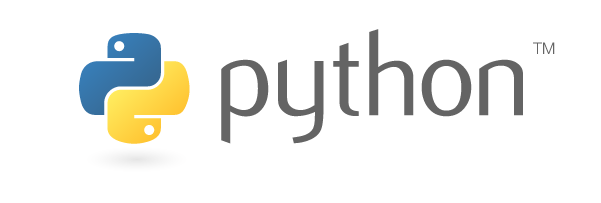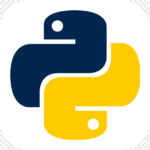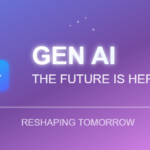Why Python Is Taking Over the World


In the vast universe of programming languages, few have experienced a meteoric rise quite like Python. What began in the early 1990s as a hobby project by Guido van Rossum has evolved into a global phenomenon, quietly infiltrating nearly every aspect of the modern digital world. Today, Python is not just a programming language—it is a movement that has taken the tech industry by storm, becoming the go-to language for millions of developers, companies, and educational institutions worldwide.
Simplicity That Powers Productivity
At the heart of Python’s appeal is its simplicity. Its clean, readable syntax closely resembles English, making it accessible to beginners and powerful for professionals. Unlike lower-level languages like C++ or Java, Python allows developers to write less code to accomplish the same tasks, reducing development time and increasing efficiency. This ease of use means that organizations can onboard new developers faster, train non-programmers in basic coding, and iterate on projects rapidly. In a world where time to market is critical, Python’s readability is a competitive advantage.
A Language for Everyone
Python’s versatility plays a huge role in its dominance. It is used in a wide range of fields—from web development with frameworks like Django and Flask, to desktop applications, automation scripts, and even video games. But the real explosion of Python’s popularity came with the rise of data science, artificial intelligence, and machine learning. Libraries such as NumPy, pandas, TensorFlow, and PyTorch have transformed Python into the backbone of modern data-driven applications. Analysts and researchers prefer Python for its simplicity and the speed at which ideas can be tested and scaled.
Thriving Community and Ecosystem
One cannot overlook the power of Python’s community. Its open-source nature has inspired millions of contributors around the globe to create tools, libraries, tutorials, and forums that make the language even more accessible. Whether you’re a beginner seeking guidance on Stack Overflow or an experienced developer releasing a package to the Python Package Index (PyPI), the sense of collaboration is unmatched. The Python Software Foundation and global events like PyCon further nourish this ecosystem, ensuring Python evolves with the needs of its users.
Education and First Exposure
Education has also played a key role in Python’s world domination. Python is now the first language taught in many schools and universities. Its gentle learning curve makes it ideal for introducing students to the world of programming without overwhelming them. As a result, a whole generation of new developers is growing up thinking in Python. This early exposure feeds the language’s long-term sustainability and influence.
Backed by Industry Giants
Furthermore, Python has found favor with some of the world’s most influential tech companies. Google, Facebook, Instagram, Dropbox, and Netflix all rely on Python for core aspects of their infrastructure. Python is used at NASA for scientific calculations, in the financial sector for algorithmic trading, and even in Hollywood for animation and special effects. When a language becomes so deeply embedded across such diverse industries, its global footprint becomes undeniable.
The Language of the Future
In conclusion, Python’s rise is not the result of hype, but of strategic relevance and timeless design. Its intuitive syntax, expansive ecosystem, and ability to adapt across industries have made it more than just a programming language. Python is a bridge between people and technology, between data and decisions, and between innovation and execution.
As we stand on the edge of further technological transformation—driven by AI, big data, and automation—Python continues to be the language of choice to script the future. It is not merely taking over the world; it is helping build the world that’s coming next.

 Currency Convertor
Currency Convertor Post an article
Post an article Komalpreet singh Brar
Komalpreet singh Brar

 sending...
sending...




